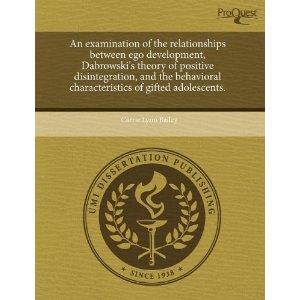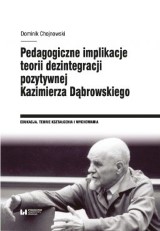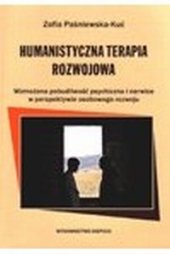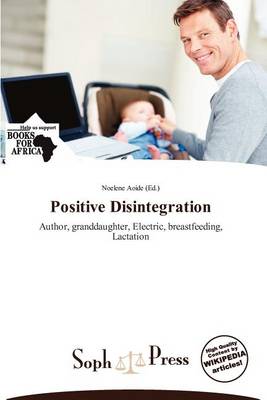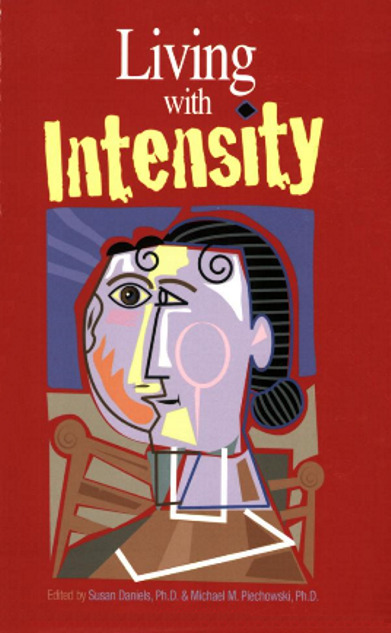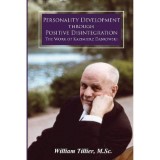An Examination of the Relationships Between Ego Development, Dabrowski’s Theory of Positive Disintegration, and the Behavioral Characteristics of Gifted Adolescents
An Examination of the Relationships Between Ego Development, Dabrowski’s Theory of Positive Disintegration, and the Behavioral Characteristics of Gifted Adolescents
Ilość stron: 204 pages
Język: English
ISBN-10: 1244018570
ISBN-13: 978-1244018570
The purpose of this study was to explore the relationships between ego development, Dabrowski’s theory of positive disintegration (TPD), and the social, emotional, and behavioral characteristics of gifted adolescents. Literature exploring the experiences of gifted individuals has often focused on asynchronous development, particularly during childhood and adolescence. Also discussed in the literature concerning gifted students are the unique social, emotional, and behavioral characteristics innate to the gifted population. However, there is still an unclear picture concerning the implications of this work as related to the specific counseling needs of gifted students, and little empirical support is provided. This study seeks to build, through a developmental lens, a more comprehensive base from which to conceptualize counseling and teaching approaches with gifted students. One hundred students at Governor’s Schools in central and eastern Virginia were contacted for participation in this study. A valid sample of 70 students, well distributed across grade and gender, was obtained. The findings indicated that the ego levels of gifted students, as measured by the Washington University Sentence Completion Test (WUSCT), were slightly higher than those of typical adolescents. Empirical evidence of the level of development related to Dabrowski’s TPD for gifted adolescents was provided, with the majority of respondents (70%) falling within Dabrowski’s Level II – Unilevel Disintegration, stage. Results also indicated that gifted students at Governor’s Schools were relatively well adjusted, as measured by the Clinical Assessment of Behavior (CAB), and that the behaviors exhibited by gifted adolescents were normally distributed. While a slight positive correlation was found between ego development and level of development as related to Dabrowski’s TPD, significance was not achieved. Relationships between ego development and degree of internalizing and externalizing behaviors exhibited were dependent upon a number of different factors, including gender and school attending. The study results are interpreted as indicating that while ego development and Dabrowski’s TPD may share similarities, they are different constructs and further investigation is needed to best utilize these theories in designing appropriate and effective counseling and teaching intervention strategies for working with gifted adolescents. Limitations of the study and suggestions for future research are presented.

